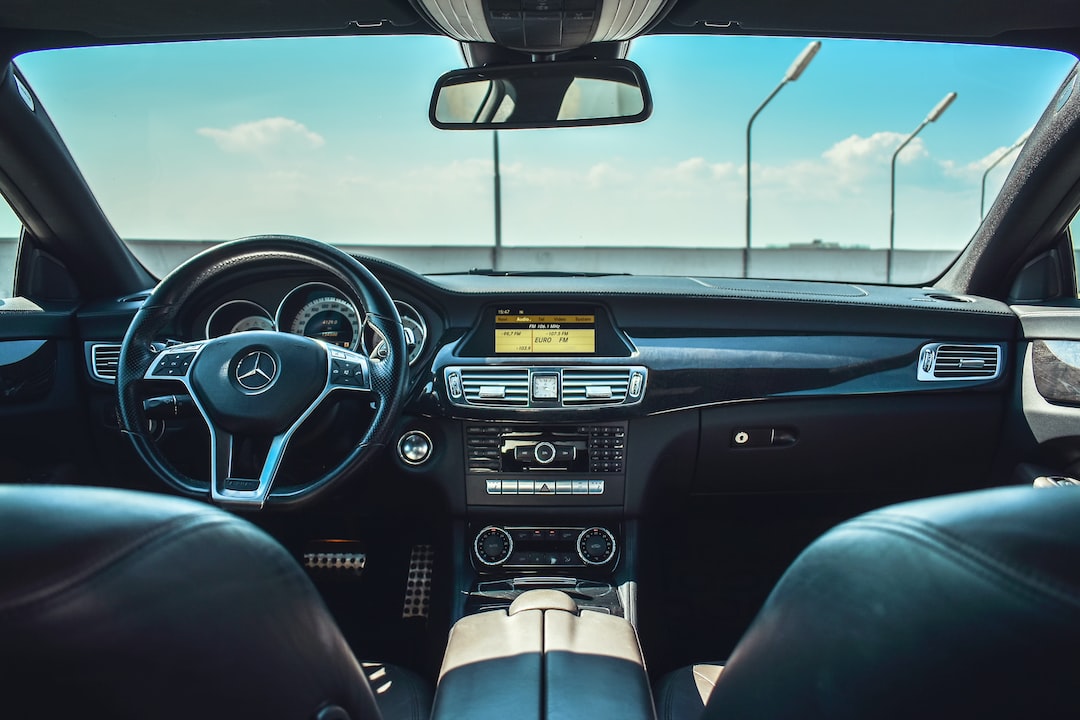The Power of Design: How Car Aesthetics Influence Consumer Preferences
In the world of automobiles, design plays a pivotal role in capturing the attention and influencing the preferences of consumers. While factors such as performance and functionality remain important, aesthetics have emerged as a key driver in determining the success or failure of a car in the market. Car manufacturers have come to realize the power that design holds, as it not only showcases their brand identity but also creates an emotional connection with potential buyers. It is no surprise then that car aesthetics have a significant impact on consumer preferences.
First impressions matter, and when it comes to cars, the first impression is often based on its design. The exterior of a car is the first visual encounter for consumers, and a well-designed car immediately grabs attention. Sleek lines, captivating curves, and eye-catching details draw consumers in and make them want to explore further. This initial visual impact is crucial as it has the potential to create a positive emotional response, driving consumers to consider the car further and potentially leading to a purchase.
Aesthetics also have the power to convey a sense of luxury and prestige. Luxury car manufacturers, in particular, prioritize design as a means of positioning their brand as a symbol of elegance and exclusivity. The exterior of a car can communicate a sense of sophistication through the use of premium materials, refined finishes, and attention to detail. This perceived image of luxury is not purely a result of functional features but stems from the way the car looks and how it makes the consumer feel.
Moreover, design plays a significant role in addressing consumers’ desire for personal expression. Car owners often see their vehicles as an extension of themselves, and they want a design that reflects their personality and individuality. Car manufacturers have recognized this and offer a wide variety of customization options to cater to different tastes and preferences. Whether it be through color choices, interior finishes, or exterior accessories, consumers seek a design that aligns with their self-image and allows them to stand out from the crowd.
However, aesthetics alone are not sufficient. Functionality and practicality also play a crucial role in driving consumer preferences. A visually appealing car that falls short in terms of functionality or fails to meet the specific needs of consumers is unlikely to generate sustained interest. Therefore, designers strive to strike a balance between aesthetics and practicality, ensuring that the design not only looks good but also enhances the overall driving experience by incorporating useful features and innovative technologies.
Furthermore, car aesthetics are not limited to the exterior design. The interior design also holds great influence on consumer preferences. The cockpit of a car is where drivers and passengers spend a significant amount of time, and a well-designed interior can greatly enhance their comfort and satisfaction. The use of premium materials, ergonomic seating, intuitive controls, and innovative infotainment systems all contribute to a positive experience. Additionally, the interior design can create a sense of spaciousness and airiness, making the car feel more inviting and enjoyable to be in.
In recent years, sustainability and eco-friendliness have become growing concerns for consumers. Car manufacturers are increasingly incorporating these aspects into their design philosophy, focusing on creating environmentally friendly vehicles without compromising aesthetics. This design shift is not only driven by consumer demand but also by global efforts to reduce carbon emissions and combat climate change. As a result, cars with innovative eco-friendly designs have gained popularity among consumers who want to make a positive impact on the environment without sacrificing style.
In conclusion, the power of design in the automotive industry cannot be underestimated. Aesthetics have a profound influence on consumer preferences, capturing attention, creating emotional connections, and conveying luxury and exclusivity. Car manufacturers understand that design plays a pivotal role, both in the exterior and interior of a car, and strive to strike the right balance between aesthetics and functionality. As consumer demands evolve, design will continue to evolve, with sustainability and eco-friendliness becoming increasingly important factors. In a competitive market, the power of design can make or break a car, shaping consumer preferences and determining the success of a brand.
